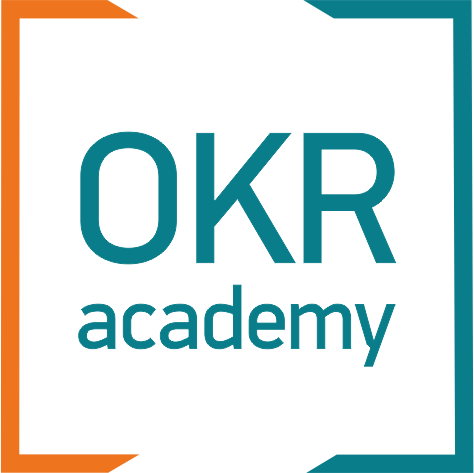OKR basics
Difference between Objectives, Key Results and Tasks

When setting goals for an individual or organization, it's important to understand the distinction between tasks, objectives, and key results. While they may seem similar at first glance, each plays a distinct role in driving success. In this article, we'll explore the main differences between tasks, key results as outputs, key results as outcomes, and objectives, and how they contribute to achieving goals.
Objectives are broad, high-level goals that define what an individual or organization wants to achieve. Objectives are usually set for a longer period and are more abstract than tasks or key results. For example, increasing revenue, improving customer satisfaction, or launching a new product can be considered objectives. Objectives provide direction and purpose, but they are not actionable on their own.
Key results are measurable outcomes that define progress towards an objective. Key results should be specific, measurable, and have a clear deadline. Key results can be either outputs or outcomes.
Tasks are specific, actionable steps that need to be taken to achieve a goal. They are usually short-term and have a clear deadline. For example, sending out an email campaign or scheduling a meeting with a client can be considered tasks. Tasks are important, but they should not be confused with objectives or key results.
Key results are measurable outcomes that define progress towards an objective. Key results should be specific, measurable, and have a clear deadline. Key results can be either outputs or outcomes.
Tasks are specific, actionable steps that need to be taken to achieve a goal. They are usually short-term and have a clear deadline. For example, sending out an email campaign or scheduling a meeting with a client can be considered tasks. Tasks are important, but they should not be confused with objectives or key results.
When it comes to setting key results (KR) in OKRs, both outputs and outcomes can be valuable measures of progress and success.
Outputs can provide a clear and measurable way to track progress towards achieving a key result. By focusing on outputs, teams can ensure that they are completing the necessary activities or deliverables to achieve their objective. This can be particularly useful for teams that need to show tangible progress towards a goal or are working on complex projects with many moving parts.
Outcomes, on the other hand, can provide a more holistic measure of the impact of achieving a key result. By focusing on outcomes, teams can ensure that they are ultimately delivering value and impact to their organization. This can be particularly useful for teams that are focused on long-term impact or strategic objectives that may not be immediately measurable.
Ultimately, the choice between using outputs or outcomes for key results will depend on the specific objectives and context of the team or organization. In some cases, a combination of both outputs and outcomes may be appropriate to ensure a balanced approach to measuring progress and success.
Outputs can provide a clear and measurable way to track progress towards achieving a key result. By focusing on outputs, teams can ensure that they are completing the necessary activities or deliverables to achieve their objective. This can be particularly useful for teams that need to show tangible progress towards a goal or are working on complex projects with many moving parts.
Outcomes, on the other hand, can provide a more holistic measure of the impact of achieving a key result. By focusing on outcomes, teams can ensure that they are ultimately delivering value and impact to their organization. This can be particularly useful for teams that are focused on long-term impact or strategic objectives that may not be immediately measurable.
Ultimately, the choice between using outputs or outcomes for key results will depend on the specific objectives and context of the team or organization. In some cases, a combination of both outputs and outcomes may be appropriate to ensure a balanced approach to measuring progress and success.
Here are some examples of output and outcome key results:
Output Key Results:
Output Key Results:
- Launch 3 new product features
- Publish 12 blog posts
- Send 2 email campaigns per week
- Conduct 20 customer interviews
- Increase social media posts by 25%
- Increase customer satisfaction rating by 10%
- Improve product adoption rate by 20%
- Decrease customer churn rate by 15%
- Increase revenue by 15%
- Improve brand awareness by increasing website traffic by 20%
Related articles
